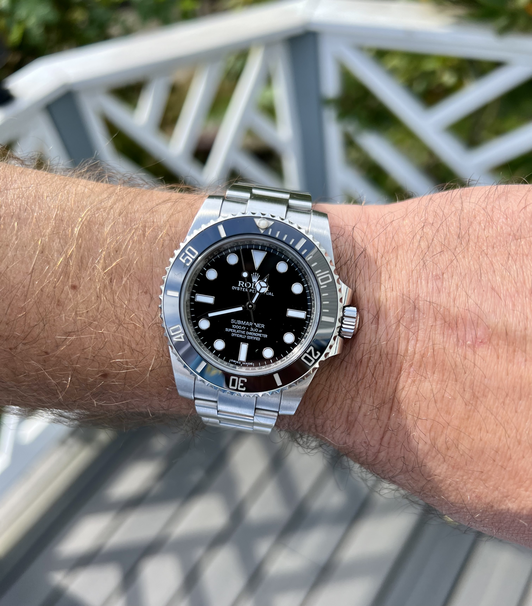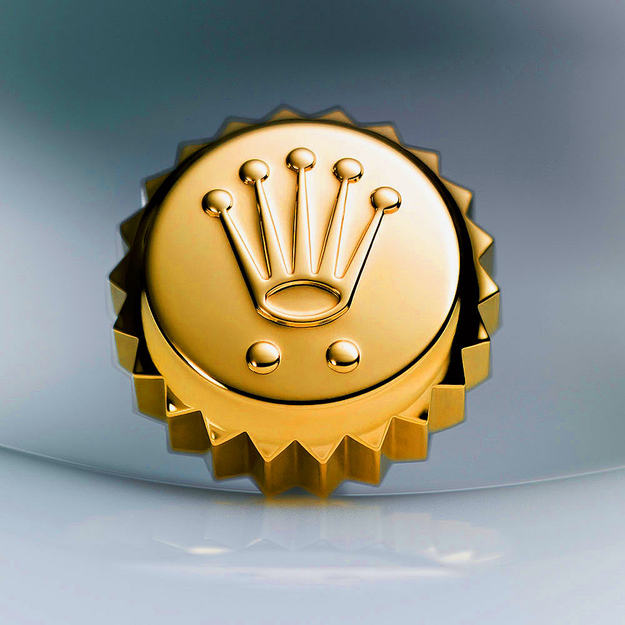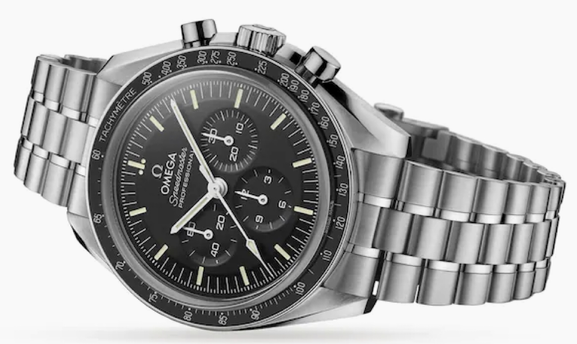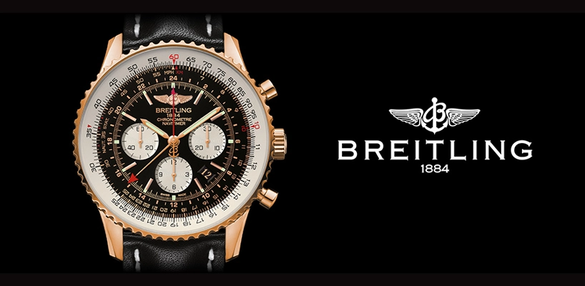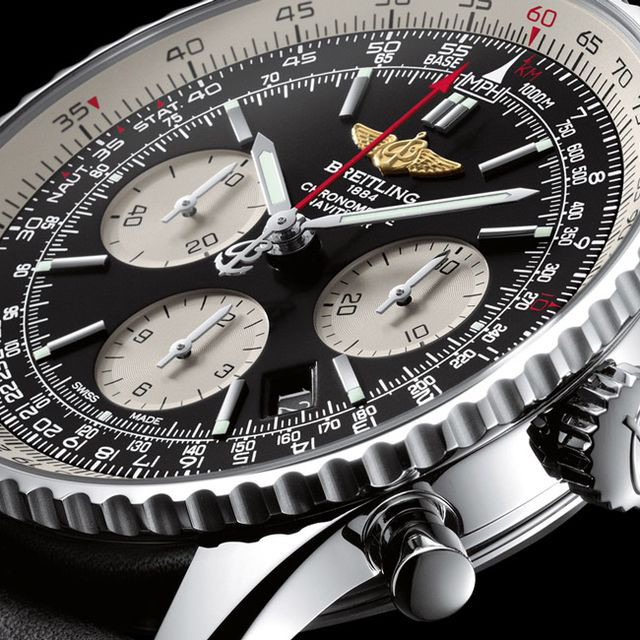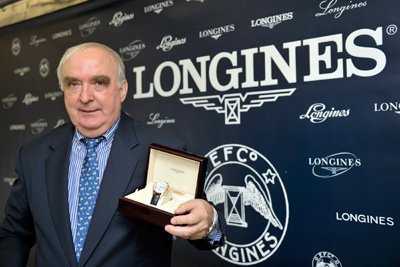|
2/25/2018 0 Comments Seiko Discontinuing Models Sarb017 Sarb033 Sarb035 Sbdx017 - Seiko Marinemaster - Seiko AlpinistThe news has spread around everywhere this week at a fast rate. Seiko has announced that they wlll halt production of some of their most popular and affordable models that most watch enthusiasts love. The models that will no longer be produced will include the famous "Alpinist" or SARB017, Sarb033, Sarb035, and lastly SBDX017. I cannot really understand why they would do this unless they are preparing to release a lot of new watches at Baselworld 2018 coming in just a few weeks in Switzerland. These watches are all still widely available for purchase from various retailers such as Amazon and other watch shops. If I was you and I would probably grab one now before these models slowly disappear from the shelves. This can also drive the Pre-Owned prices of these affordable watches up on Ebay and forums as well. If you were thinking about buying one of these models and were on the fence I would suggest buying one now before they sell out. I have left some links below and pictures where all these models are available still at their respectable prices.
Seiko SARB017 amzn.to/2oqvbaF Seiko SARB033 http://amzn.to/2oAYVkK Seiko SARB035 (WHITE DIAL) http://amzn.to/2orCS0B Seiko SBDX017 - Seiko Marinemaster http://amzn.to/2FvY9gQ
0 Comments
2/20/2018 1 Comment Elvis Presley’s Omega Diamond Watch Up For Auction at Phillips in Geneva, SwitzerlandIn 1960, shortly after Elvis Presley returned from the Army RCA VICTOR which was Elvis Presleys record company let out six smash hit singles which did extremely well and were known worldwide in a very short time. In honor to commemorate this achievement of selling 75 million records by December 25, 1960 RCA gave a diamond Omega/Tiffany & Co 18K white gold watch to Elvis. This watch was actually given to him at a press event in 1961 ( picture below of him wearing it ) How did the watch make it to Phillips ?A man who had an uncle that was supposedly close to Elvis Presley actually traded Elvis a Hamilton Diamond Aventura watch to receive this one. I think that is quite interesting and this watch is definitely a piece of history and will do extremely well at auction. We will just have to wait and see how much this piece sells for. Obviously, it will
be nothing close to the Rolex Paul Newman auction we saw fetch millions of dollars but I think it will do just fine. Baselworld 2018 is approaching in March and the Rolex fans cannot wait to see what the Rolex elves have waiting for us in terms of new watch releases or shall I say new iterations of their current lineup. There has been a rumor on numerous media outlets that Rolex will produce a new Polar Dial Explorer 1 watch which is surprising. It looks slightly similiar to the Black and white ceramic daytona only without the complications. There is also news of a new Rolex Submariner with Red Text on the dial and a slimmer case profile resembling the pre-ceramic submariners most enthusiasts gravitate towards , especially the vintage collectors. Another interesting prediction is a option for an Oysterflex rubber strap on the new slimmer Rolex submariner and the addition of the new 70 hour power reserve movement added into the new Submariners. Lastly, rumors of a Triple Date Cellini Moonphase is set to be released or atleast rumored to. Stay Tuned and I will be following Baselworld 2018 with on the scene coverage. I also dropped a video below on YouTube where you can find this news and a lot of other great watch content. Previously owned by private equity firm Leonard Green & Partners, which hired Houlihan Lokey to handle the sale, Tourneau has had declining sales and is losing market share, according to a report by Debtwire, which covers distressed debt. -New York Times The largest watch retail outlet and authorized dealer for many swiss luxury brands which has been around for 116 years and holds 33 retail locations has been sold to Bucherer. This was announced yesterday and it is not that surprising as sales for Tourneau have been steadily declining over the past few years due to the slow watch industry we know today. Tourneau was also a large seller of many high end pre-owned luxury watches as well that were extremely overpriced and frankly a rip off. ( Don’t worry you get our 2 year warranty - Watch works fine for 2 years then needs a service anyway ) Anyway, Bucherer plans to expand the Carl F. Bucherer watch and jewelry lines in all of the existing Tourneau stores and to get the brand better acquainted with the United States. Now what changes can we expect from the new ownership? I honestly have no idea but in a positive light they could start by offering more discounts on select brands besides Rolex Gold or Two Tone models...Perhaps a better employee commission? I had a few friends who have worked for Tourneau and the sales commission was just aweful as well as the hourly salary for a sales associate. I myself when I was a watch noob purchased a few watches from Tourneau at full retail while doubting the authenticity of grey market dealers offering huge discounts but no warranty. Since then, I have only gone grey market and have had zero problems so far. Anywho, the release of so many smart watches and gadgets along with smartphones keeping perfectly good time definitely hurt the luxury watch industry. Actually, the Apple watch itself has put a dent in the swiss watch industry in my humble opinion. With all that being said the Tourneau time machine on E57th street in NYC is an awesome store and a great experience to browse watches for any watch geek or enthusiast, and I do reccommend if your in the area to check that location out as it is one of the largest locations besides Las Vegas. I do hope Bucherer can succeed with this excursion and we will just have to wait and see. Thanks for reading and stay tuned! Picture of the multi level Tourneau in NYC Some Cartier Pieces at TimeMachine Influence behind the new watches.. These brand new releases by Breitling under new direction are inspired by the Huit Aviation Department which was active during World War II. The Navitimer 8 honors the true Breitling heritage and their huge role in producing chronographic instruments for airplanes and other machines. Breitling has introduced 5 new watches to their lineup dubbed the Navitimer “8” collection. These watches do look quite different than your typical Breitling Navitimer though. There are 5 new models with a few variants in each model. At first glance, I personally do not like the design and aesthetic of these watches and feel that they tried to go for a semi vintage aesthetic that did not really work out.. Navitimer 8 B01 ChronographThe first addition to the Navitimer series is the B01 8 Navitimer. This watch features the in house mechanical chronograph movement B01. It is COSC certified of course and housed in a 43MM stainless steel case. The watch pictured above is the Blue dial variant in steel but keep in mind the watch does come in a rose gold case as well as a black dial with leather or bracelet. One thing I did take note of is the 100M of water resistance that this watch features which is nice to see as most modern navitimers are only rated at 50M which is generally not safe to submerge in water at all. Shown above with Black Dial and Stainless Steel Bracelet
|
AuthorErik Martin Archives
March 2019
Categories |
ROLEX HISTORY
Rolex is a Swiss luxury watch brand that was founded in 1905 by Hans Wilsdorf and Alfred Davis in London, England. The company originally began as Wilsdorf and Davis, but it was later renamed to Rolex in 1908.
The first Rolex watches were not manufactured in-house, but instead were made by other watchmakers and then branded with the Rolex name. However, Wilsdorf had a vision of creating a wristwatch that was both reliable and accurate, and he set out to develop his own movements.
In 1910, Rolex became the first wristwatch to receive the Swiss Certificate of Chronometric Precision, which was a testament to the accuracy of the watch. Over the years, Rolex continued to innovate and develop new technologies and features, such as the first waterproof wristwatch in 1926, the first self-winding mechanism in 1931, and the first wristwatch with a date display in 1945.
Rolex has also been associated with several famous individuals, including explorers, athletes, and celebrities. For example, Sir Edmund Hillary and Tenzing Norgay wore Rolex watches when they became the first people to reach the summit of Mount Everest in 1953. Rolex has also been the official timekeeper of several sporting events, including Wimbledon and the Formula 1 Grand Prix.
Today, Rolex is one of the most recognized and respected luxury watch brands in the world, known for its quality, precision, and timeless style.
The first Rolex watches were not manufactured in-house, but instead were made by other watchmakers and then branded with the Rolex name. However, Wilsdorf had a vision of creating a wristwatch that was both reliable and accurate, and he set out to develop his own movements.
In 1910, Rolex became the first wristwatch to receive the Swiss Certificate of Chronometric Precision, which was a testament to the accuracy of the watch. Over the years, Rolex continued to innovate and develop new technologies and features, such as the first waterproof wristwatch in 1926, the first self-winding mechanism in 1931, and the first wristwatch with a date display in 1945.
Rolex has also been associated with several famous individuals, including explorers, athletes, and celebrities. For example, Sir Edmund Hillary and Tenzing Norgay wore Rolex watches when they became the first people to reach the summit of Mount Everest in 1953. Rolex has also been the official timekeeper of several sporting events, including Wimbledon and the Formula 1 Grand Prix.
Today, Rolex is one of the most recognized and respected luxury watch brands in the world, known for its quality, precision, and timeless style.
OMEGA Watches History
Omega is a Swiss luxury watch brand founded in 1848 by Louis Brandt in La Chaux-de-Fonds, Switzerland. The brand initially operated under the name La Generale Watch Co. and produced pocket watches.
In 1894, Omega revolutionized the watch industry with the introduction of the 19-ligne Omega Calibre, which was more accurate and reliable than any other watch movement of the time. This innovation earned Omega numerous awards and accolades, and the brand quickly became known for its precision and quality.
In 1903, Omega was chosen as the official timekeeper for the Gordon Bennett Cup, an international balloon race. This marked the beginning of Omega's long-standing relationship with sports timing and its reputation as a reliable and accurate timekeeper.
In 1932, Omega became the first brand to be awarded the Olympic Cross of Merit for its outstanding contribution to sports timing at the Olympic Games. Since then, Omega has been the official timekeeper for numerous Olympic Games, and its timekeeping technology has continued to evolve and improve.
In the 1950s and 1960s, Omega's watches were worn by famous explorers and adventurers, including Sir Edmund Hillary and Tenzing Norgay during their ascent of Mount Everest in 1953, and Jacques Cousteau during his underwater expeditions.
In the 1960s, Omega introduced the Speedmaster, a chronograph watch that was originally designed for motorsports but became famous as the first watch worn on the moon during the Apollo 11 mission in 1969. The Speedmaster has since become one of Omega's most iconic and sought-after models.
Today, Omega continues to innovate and produce high-quality watches, including the Seamaster, Constellation, and De Ville collections. The brand also continues to be the official timekeeper for numerous sporting events, including the Olympic Games and the America's Cup.
In 1894, Omega revolutionized the watch industry with the introduction of the 19-ligne Omega Calibre, which was more accurate and reliable than any other watch movement of the time. This innovation earned Omega numerous awards and accolades, and the brand quickly became known for its precision and quality.
In 1903, Omega was chosen as the official timekeeper for the Gordon Bennett Cup, an international balloon race. This marked the beginning of Omega's long-standing relationship with sports timing and its reputation as a reliable and accurate timekeeper.
In 1932, Omega became the first brand to be awarded the Olympic Cross of Merit for its outstanding contribution to sports timing at the Olympic Games. Since then, Omega has been the official timekeeper for numerous Olympic Games, and its timekeeping technology has continued to evolve and improve.
In the 1950s and 1960s, Omega's watches were worn by famous explorers and adventurers, including Sir Edmund Hillary and Tenzing Norgay during their ascent of Mount Everest in 1953, and Jacques Cousteau during his underwater expeditions.
In the 1960s, Omega introduced the Speedmaster, a chronograph watch that was originally designed for motorsports but became famous as the first watch worn on the moon during the Apollo 11 mission in 1969. The Speedmaster has since become one of Omega's most iconic and sought-after models.
Today, Omega continues to innovate and produce high-quality watches, including the Seamaster, Constellation, and De Ville collections. The brand also continues to be the official timekeeper for numerous sporting events, including the Olympic Games and the America's Cup.
BREITLING Watches History
Breitling is a Swiss luxury watch brand that was founded in 1884 by Léon Breitling in the town of Saint-Imier in the Canton of Bern, Switzerland. Initially, the company specialized in producing chronographs and other precision timepieces for scientific and industrial purposes.
In 1915, Breitling introduced the first wrist-worn chronograph with a separate pusher to control the start, stop, and reset functions, which made it easier to use than previous models. This innovation helped establish Breitling as a leading maker of chronographs and other precision timepieces.
During the 1930s and 1940s, Breitling continued to innovate with the introduction of the first chronograph with a second independent pusher, which allowed for the recording of multiple elapsed times. The company also developed the Huit Aviation Department, which produced wristwatches for pilots and other aviation professionals.
In the 1950s, Breitling introduced the Navitimer, a wristwatch with a built-in slide rule that allowed pilots to perform complex calculations in-flight. The Navitimer became an instant classic and remains one of Breitling's most popular models to this day.
In the 1960s, Breitling continued to produce innovative timepieces, including the Chrono-Matic, which was the first automatic chronograph movement with a micro-rotor. The company also introduced the Emergency, a wristwatch with a built-in distress beacon that could be activated in case of an emergency.
In the years since, Breitling has continued to produce innovative and high-quality timepieces for a variety of applications, including aviation, diving, and sports. The company has also maintained a strong commitment to precision and accuracy, with many of its watches featuring COSC-certified movements. Today, Breitling is recognized as one of the world's leading luxury watch brands, with a reputation for innovation, quality, and style.
In 1915, Breitling introduced the first wrist-worn chronograph with a separate pusher to control the start, stop, and reset functions, which made it easier to use than previous models. This innovation helped establish Breitling as a leading maker of chronographs and other precision timepieces.
During the 1930s and 1940s, Breitling continued to innovate with the introduction of the first chronograph with a second independent pusher, which allowed for the recording of multiple elapsed times. The company also developed the Huit Aviation Department, which produced wristwatches for pilots and other aviation professionals.
In the 1950s, Breitling introduced the Navitimer, a wristwatch with a built-in slide rule that allowed pilots to perform complex calculations in-flight. The Navitimer became an instant classic and remains one of Breitling's most popular models to this day.
In the 1960s, Breitling continued to produce innovative timepieces, including the Chrono-Matic, which was the first automatic chronograph movement with a micro-rotor. The company also introduced the Emergency, a wristwatch with a built-in distress beacon that could be activated in case of an emergency.
In the years since, Breitling has continued to produce innovative and high-quality timepieces for a variety of applications, including aviation, diving, and sports. The company has also maintained a strong commitment to precision and accuracy, with many of its watches featuring COSC-certified movements. Today, Breitling is recognized as one of the world's leading luxury watch brands, with a reputation for innovation, quality, and style.
Longines
Longines is a Swiss luxury watch company that was founded in 1832 by Auguste Agassiz in the town of Saint-Imier, Switzerland. The company has a long and prestigious history in the world of watchmaking, and has been responsible for many innovations and milestones in the industry.
In the early days, Longines primarily produced pocket watches, and quickly gained a reputation for precision and accuracy. By the end of the 19th century, Longines had become one of the leading watchmakers in the world. In 1912, the company introduced the first chronograph wristwatch, which was quickly adopted by the military and aviation communities.
In the 1920s and 1930s, Longines continued to innovate with the introduction of the world's first quartz clock and the first wristwatch with an automatic winding mechanism. During World War II, Longines produced wristwatches for the British Royal Air Force, and continued to produce military watches for several decades afterwards.
In the post-war years, Longines became known for its elegant and sophisticated watches, particularly its "Conquest" line of watches. In the 1950s and 1960s, Longines was a favorite of celebrities and politicians, and its watches were frequently seen on the wrists of Elvis Presley, John F. Kennedy, and other famous figures.
In recent years, Longines has continued to produce high-quality watches that combine traditional Swiss craftsmanship with modern technology. The company is particularly known for its sport watches, including its "HydroConquest" line of diving watches and its "Conquest Classic" line of chronographs.
Today, Longines is owned by the Swatch Group, and remains a leading brand in the luxury watch industry. Its watches are prized for their precision, reliability, and timeless style.
In the early days, Longines primarily produced pocket watches, and quickly gained a reputation for precision and accuracy. By the end of the 19th century, Longines had become one of the leading watchmakers in the world. In 1912, the company introduced the first chronograph wristwatch, which was quickly adopted by the military and aviation communities.
In the 1920s and 1930s, Longines continued to innovate with the introduction of the world's first quartz clock and the first wristwatch with an automatic winding mechanism. During World War II, Longines produced wristwatches for the British Royal Air Force, and continued to produce military watches for several decades afterwards.
In the post-war years, Longines became known for its elegant and sophisticated watches, particularly its "Conquest" line of watches. In the 1950s and 1960s, Longines was a favorite of celebrities and politicians, and its watches were frequently seen on the wrists of Elvis Presley, John F. Kennedy, and other famous figures.
In recent years, Longines has continued to produce high-quality watches that combine traditional Swiss craftsmanship with modern technology. The company is particularly known for its sport watches, including its "HydroConquest" line of diving watches and its "Conquest Classic" line of chronographs.
Today, Longines is owned by the Swatch Group, and remains a leading brand in the luxury watch industry. Its watches are prized for their precision, reliability, and timeless style.
Tissot
Tissot is a Swiss watch brand that was founded in 1853 by Charles-Félicien Tissot and his son Charles-Émile Tissot in the town of Le Locle, Switzerland. The company has a long and rich history in the world of watchmaking, and has been responsible for many innovations and milestones in the industry.
In the early days, Tissot primarily produced pocket watches, and quickly gained a reputation for quality and precision. By the end of the 19th century, Tissot was one of the largest watchmakers in Switzerland, and was exporting its watches to countries around the world.
In the early 20th century, Tissot continued to innovate with the introduction of the first non-magnetic wristwatch, the first dual time-zone watch, and the first watch with a plastic case. During World War II, Tissot produced watches for the Allied forces, and continued to produce military watches for several decades afterwards.
In the post-war years, Tissot became known for its elegant and sophisticated watches, particularly its "Tissot Visodate" line of watches, which featured a date function and a distinctive "T" logo on the dial. In the 1970s, Tissot was one of the first Swiss watch brands to introduce quartz watches, which quickly became popular due to their accuracy and affordability.
In recent years, Tissot has continued to produce high-quality watches that combine traditional Swiss craftsmanship with modern technology. The company is particularly known for its sport watches, including its "T-Touch" line of watches, which feature touch-screen technology and a range of functions such as altimeter, compass, and thermometer.
Today, Tissot is part of the Swatch Group, and remains a leading brand in the watch industry. Its watches are prized for their quality, durability, and stylish design, and are worn by watch enthusiasts and collectors around the world.
In the early days, Tissot primarily produced pocket watches, and quickly gained a reputation for quality and precision. By the end of the 19th century, Tissot was one of the largest watchmakers in Switzerland, and was exporting its watches to countries around the world.
In the early 20th century, Tissot continued to innovate with the introduction of the first non-magnetic wristwatch, the first dual time-zone watch, and the first watch with a plastic case. During World War II, Tissot produced watches for the Allied forces, and continued to produce military watches for several decades afterwards.
In the post-war years, Tissot became known for its elegant and sophisticated watches, particularly its "Tissot Visodate" line of watches, which featured a date function and a distinctive "T" logo on the dial. In the 1970s, Tissot was one of the first Swiss watch brands to introduce quartz watches, which quickly became popular due to their accuracy and affordability.
In recent years, Tissot has continued to produce high-quality watches that combine traditional Swiss craftsmanship with modern technology. The company is particularly known for its sport watches, including its "T-Touch" line of watches, which feature touch-screen technology and a range of functions such as altimeter, compass, and thermometer.
Today, Tissot is part of the Swatch Group, and remains a leading brand in the watch industry. Its watches are prized for their quality, durability, and stylish design, and are worn by watch enthusiasts and collectors around the world.




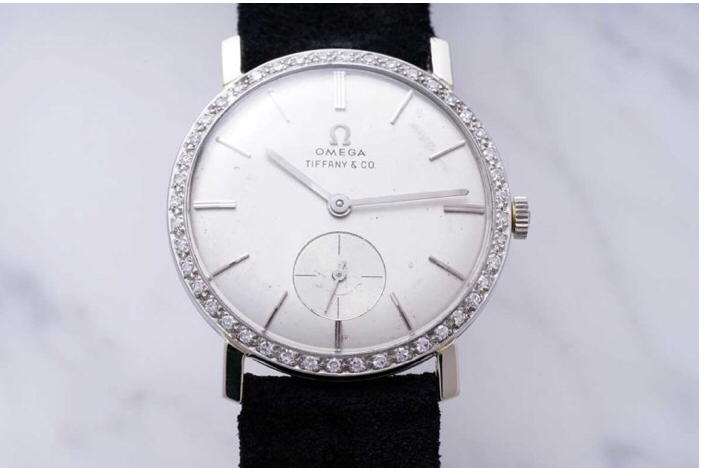
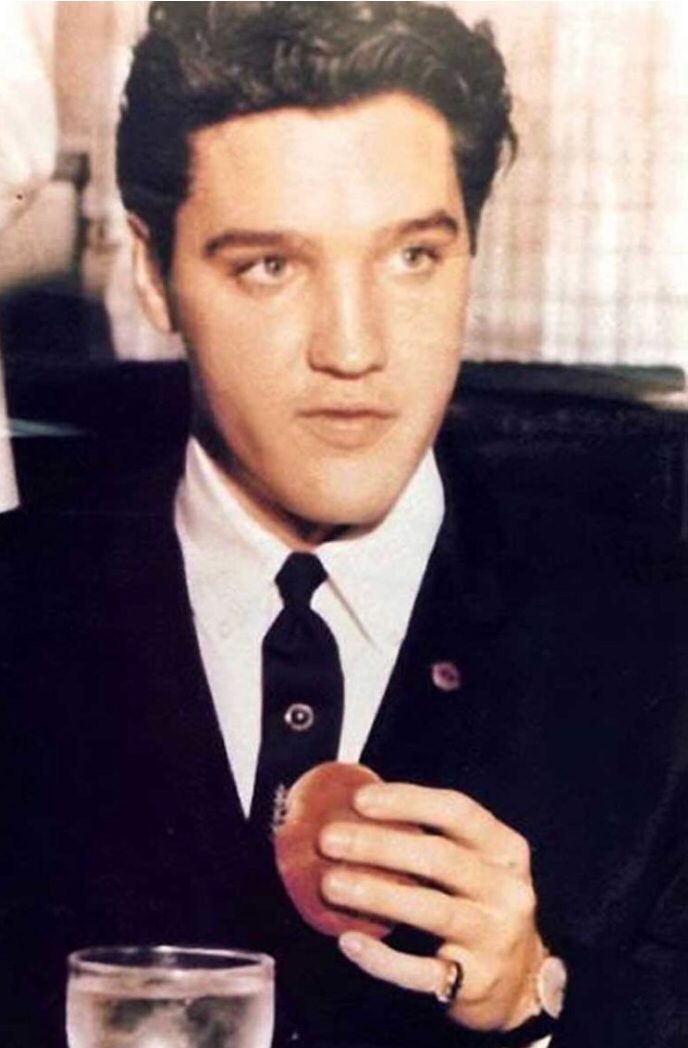
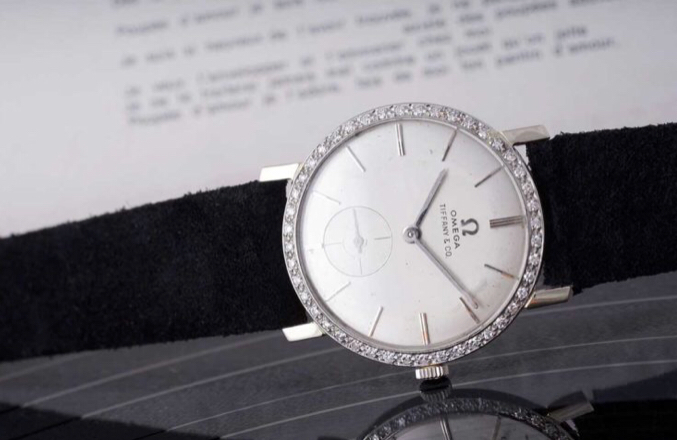
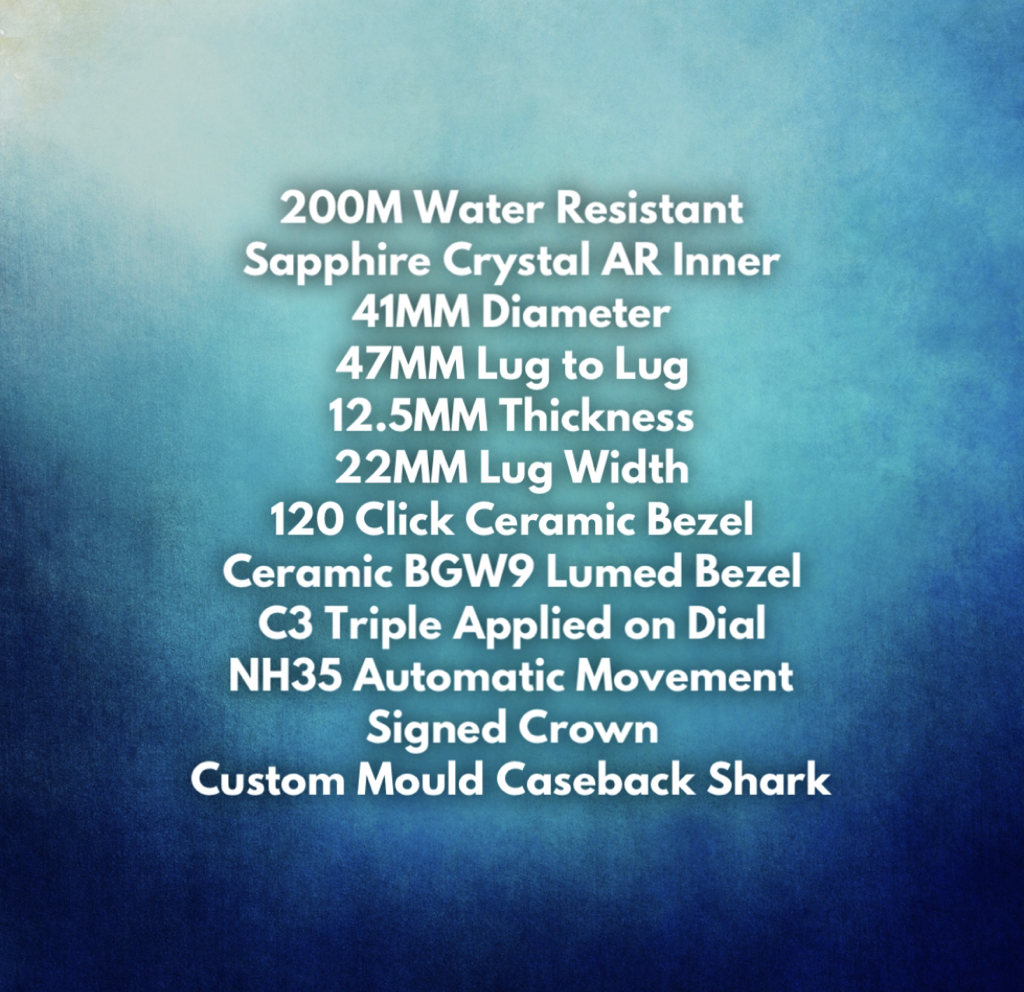

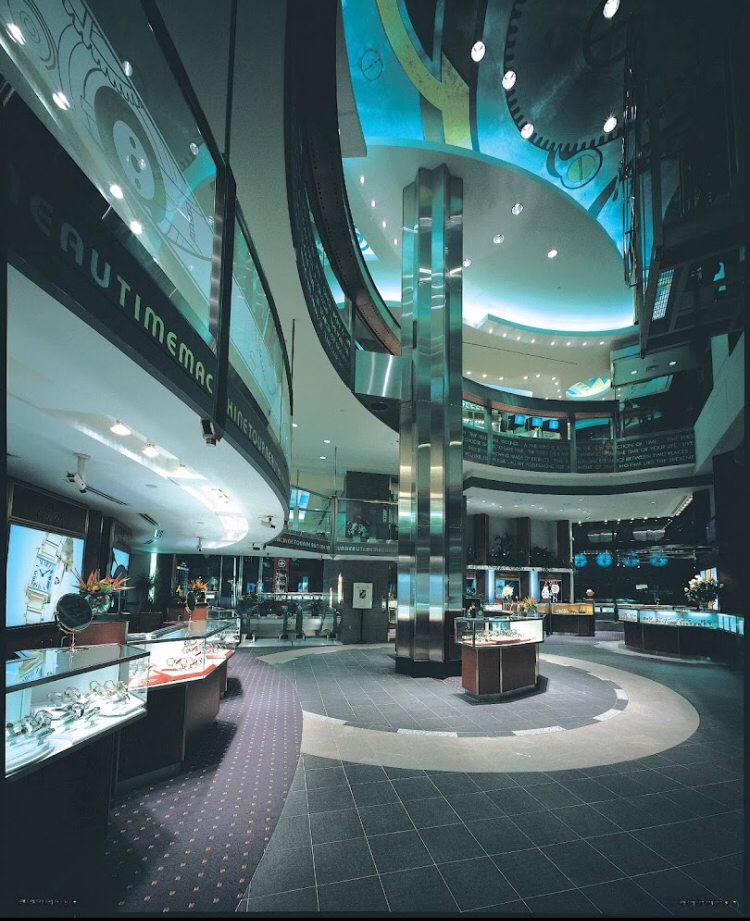
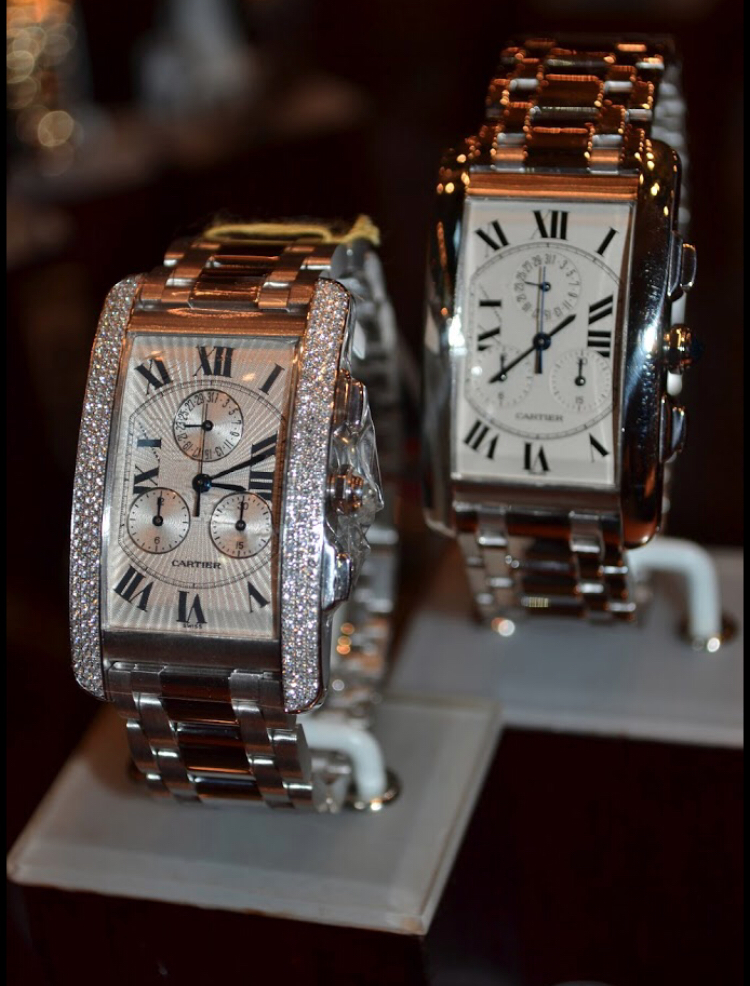
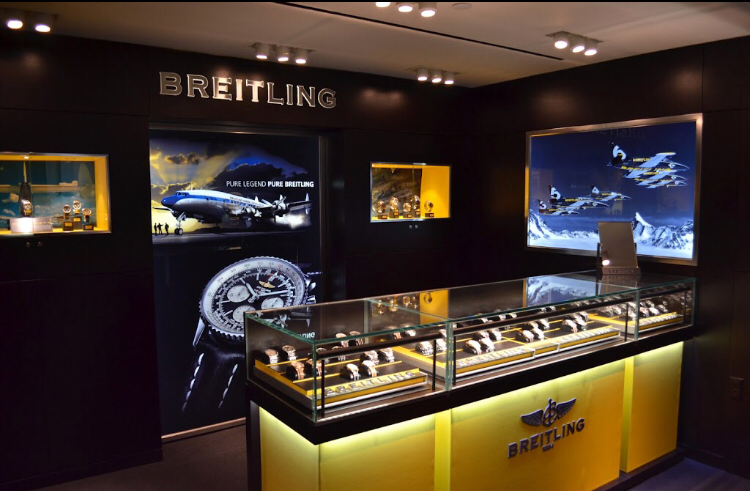

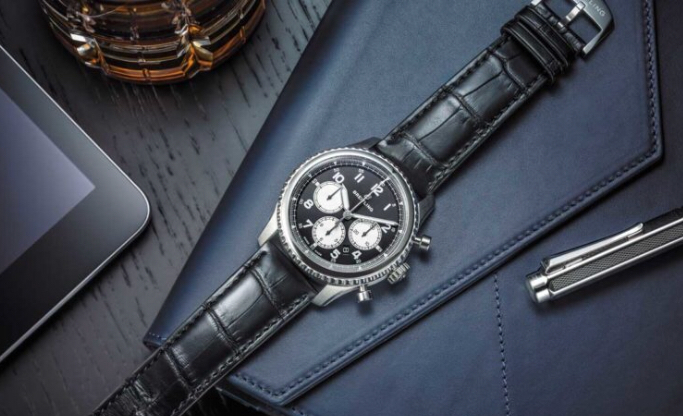
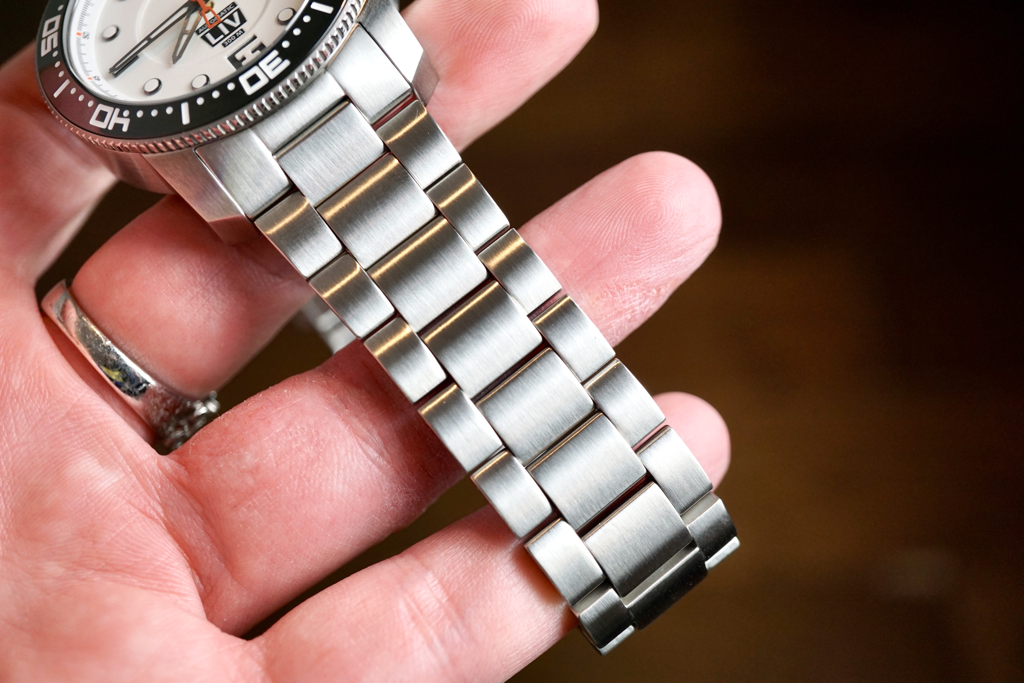
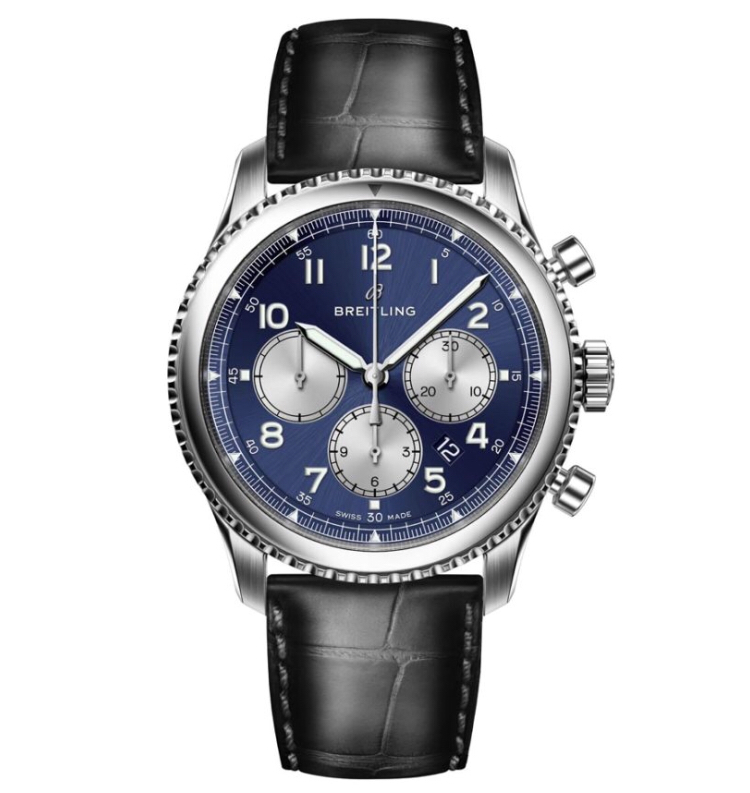
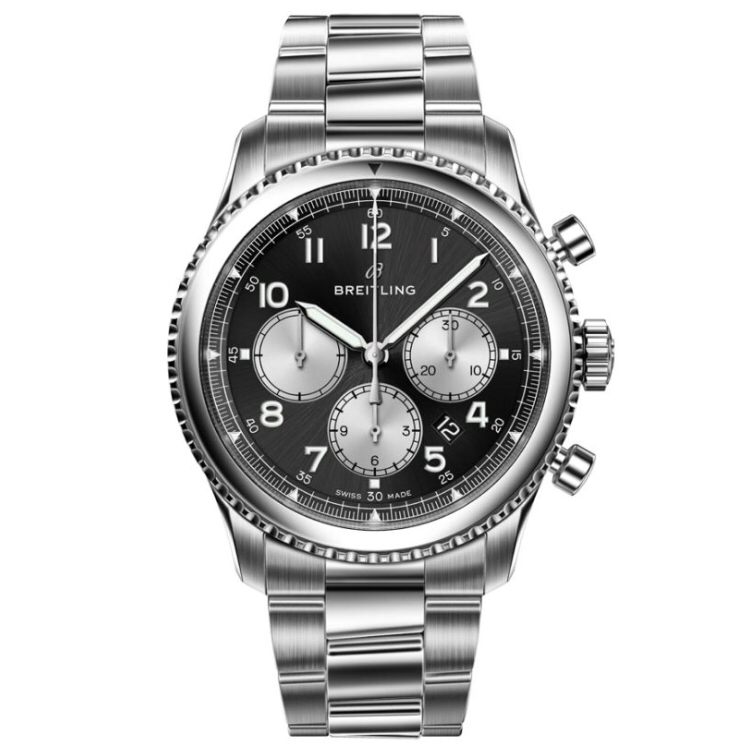
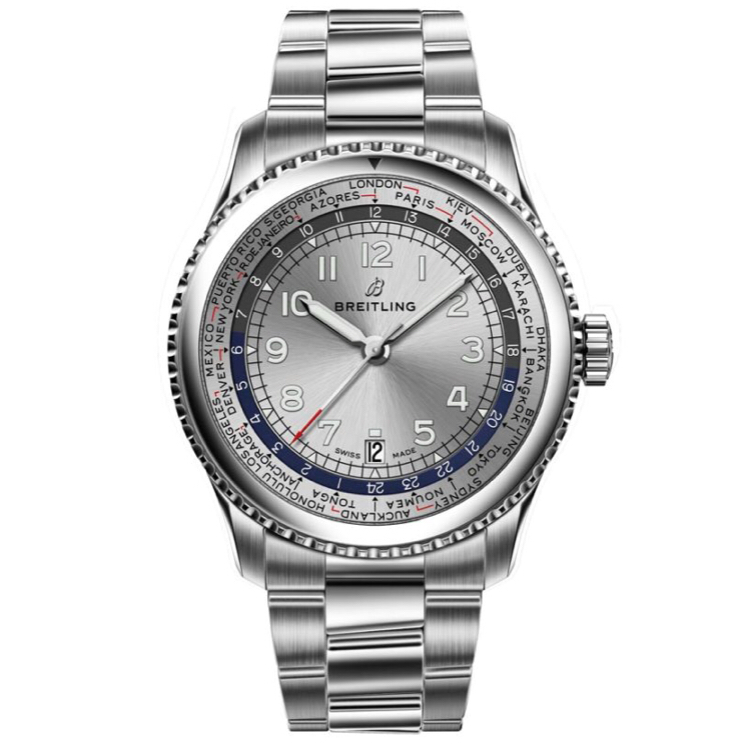
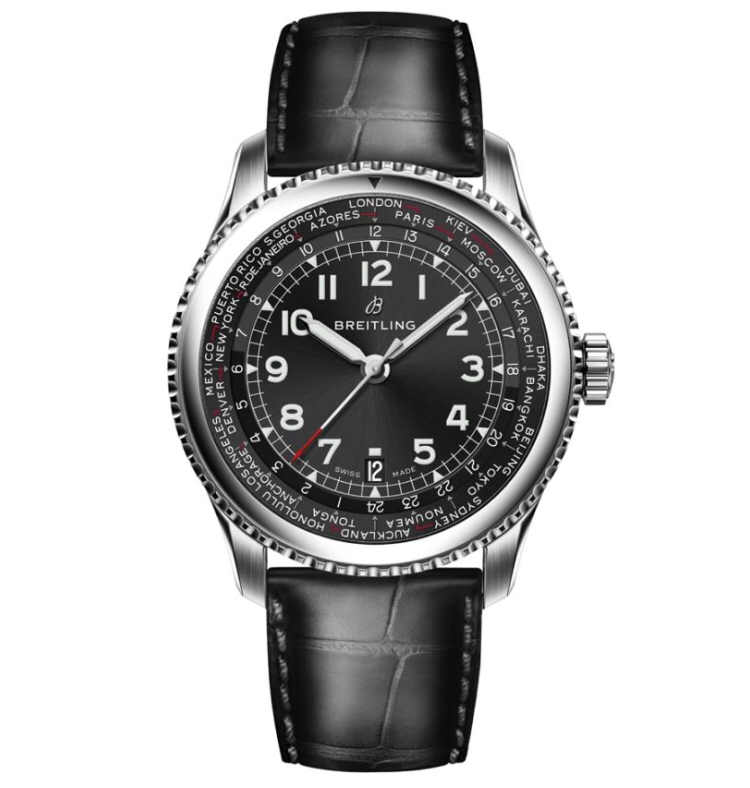
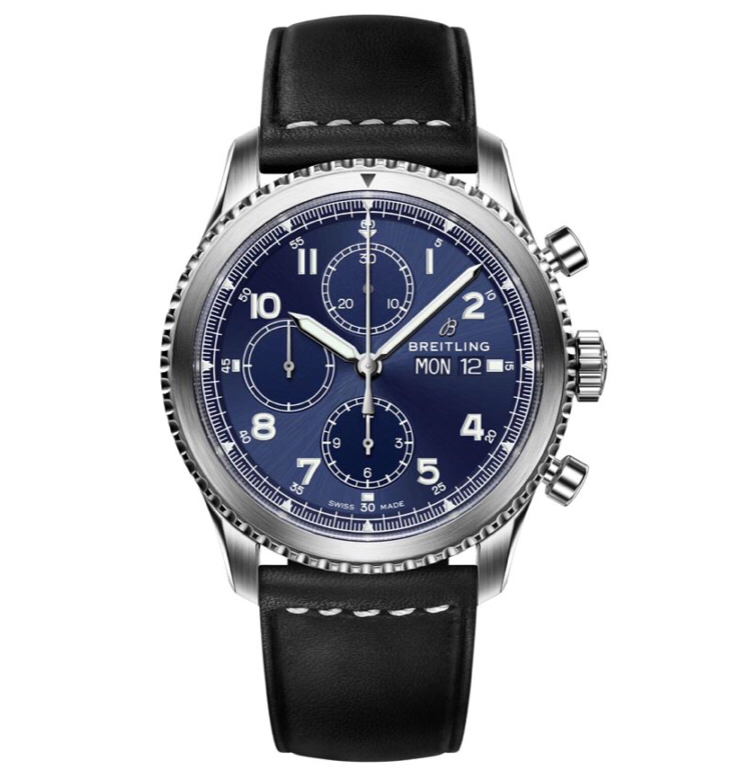
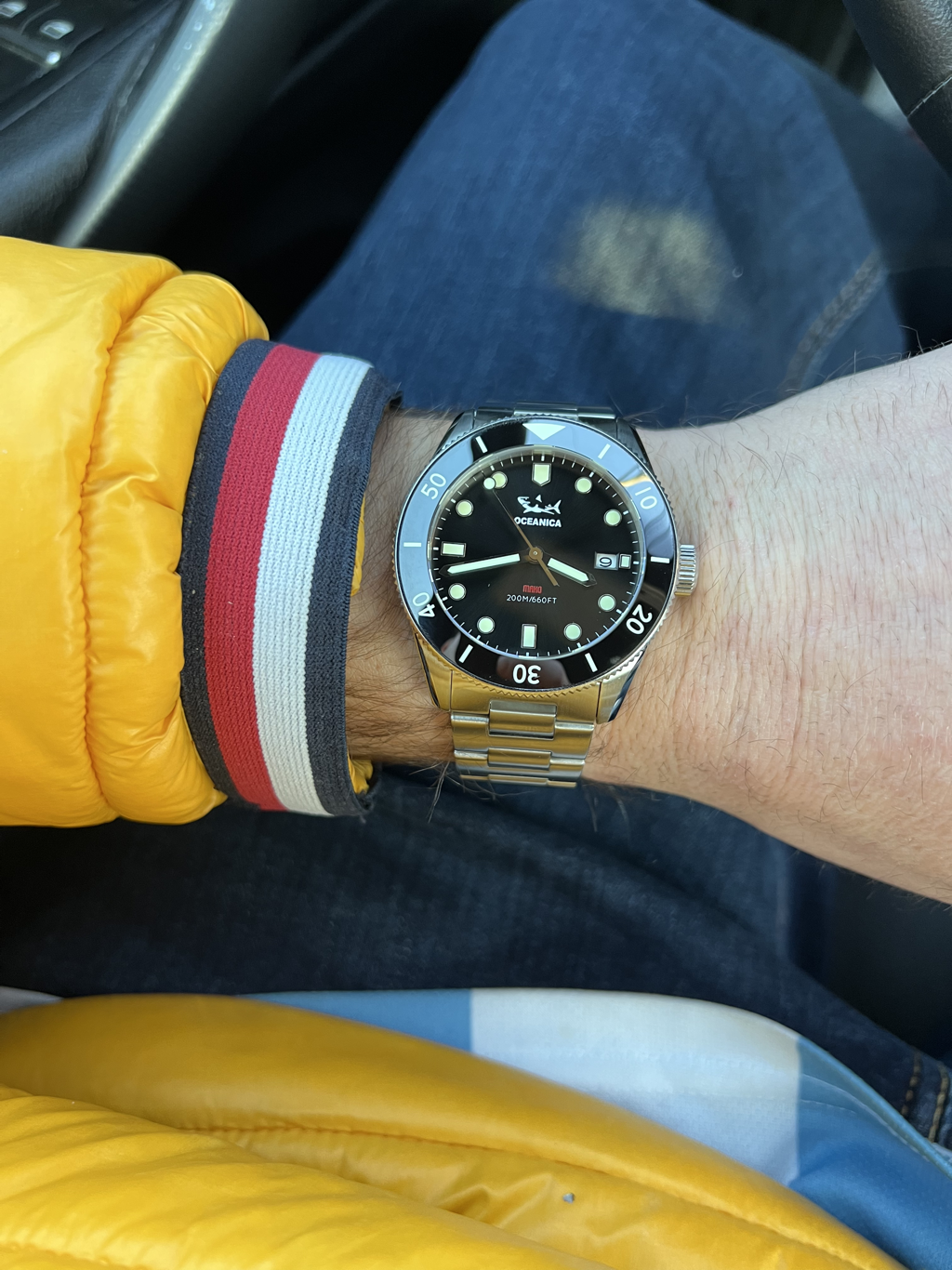
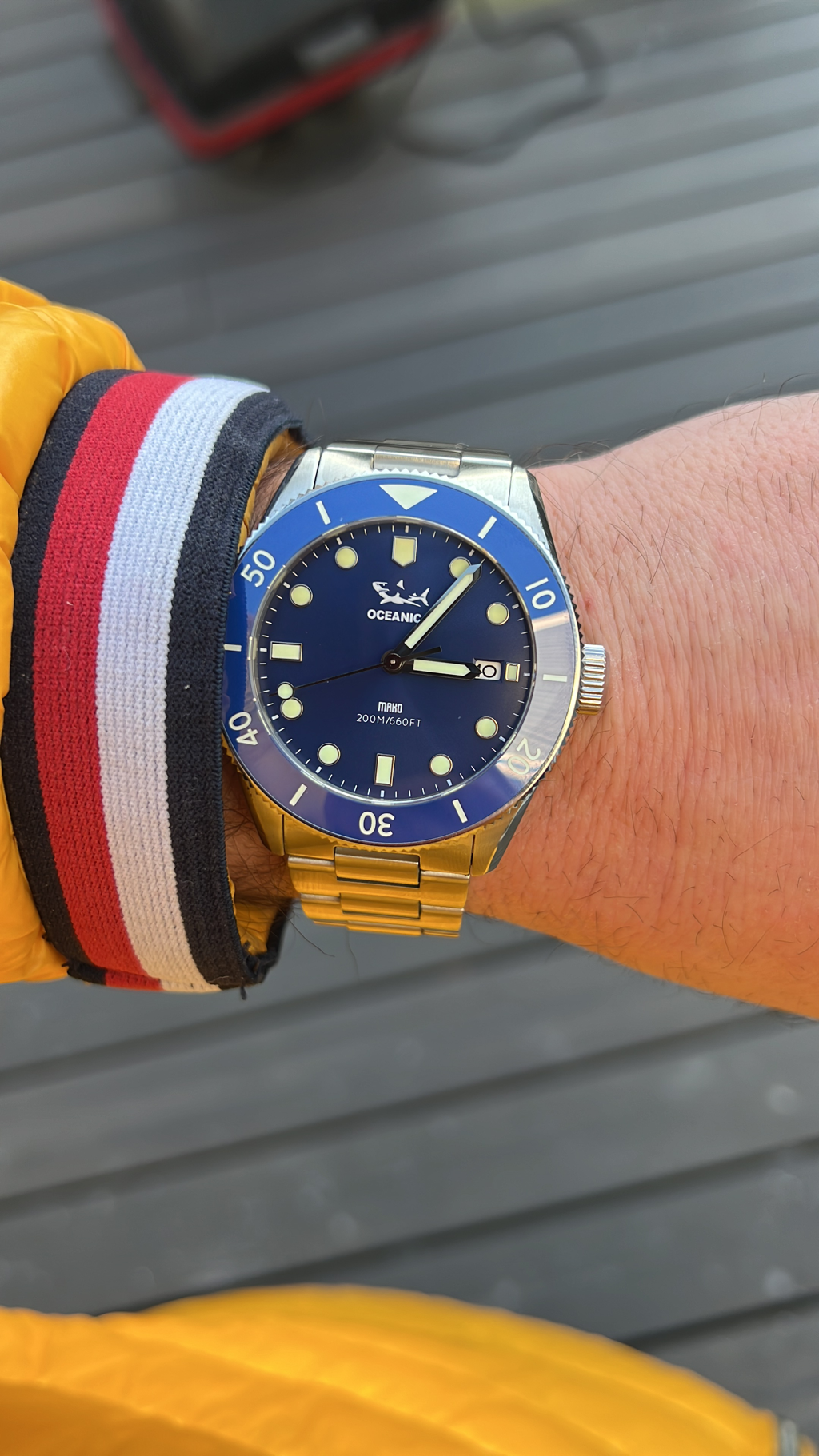
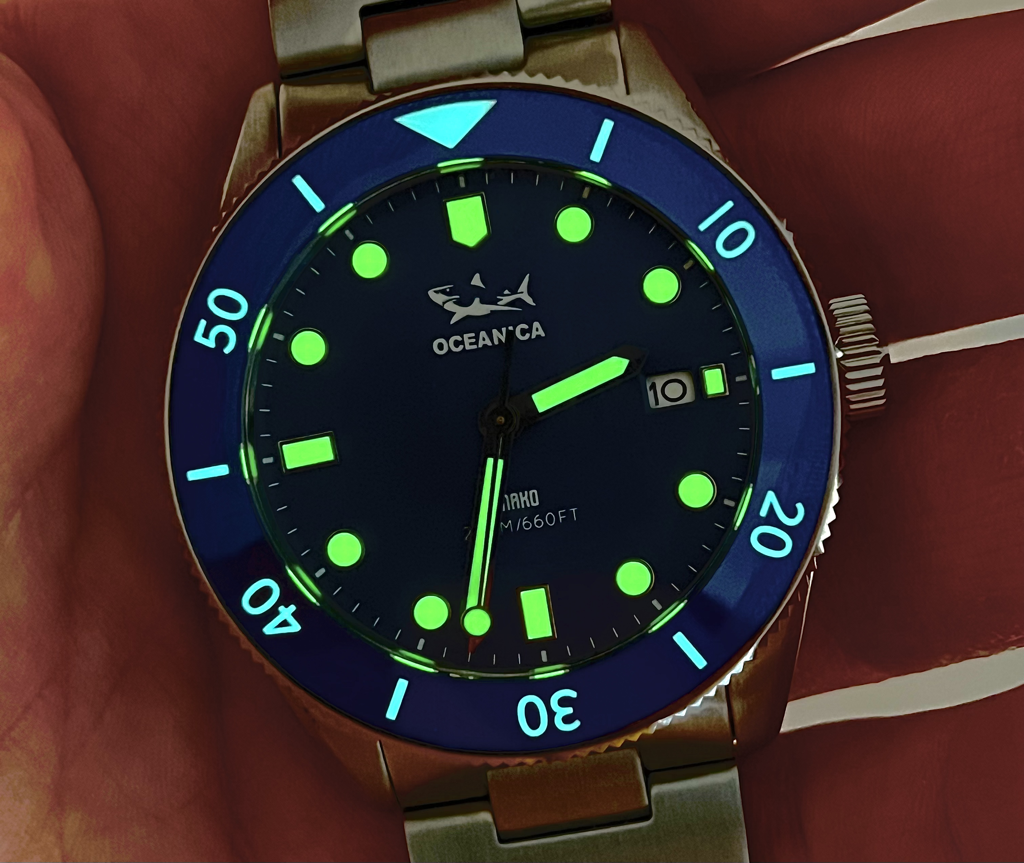
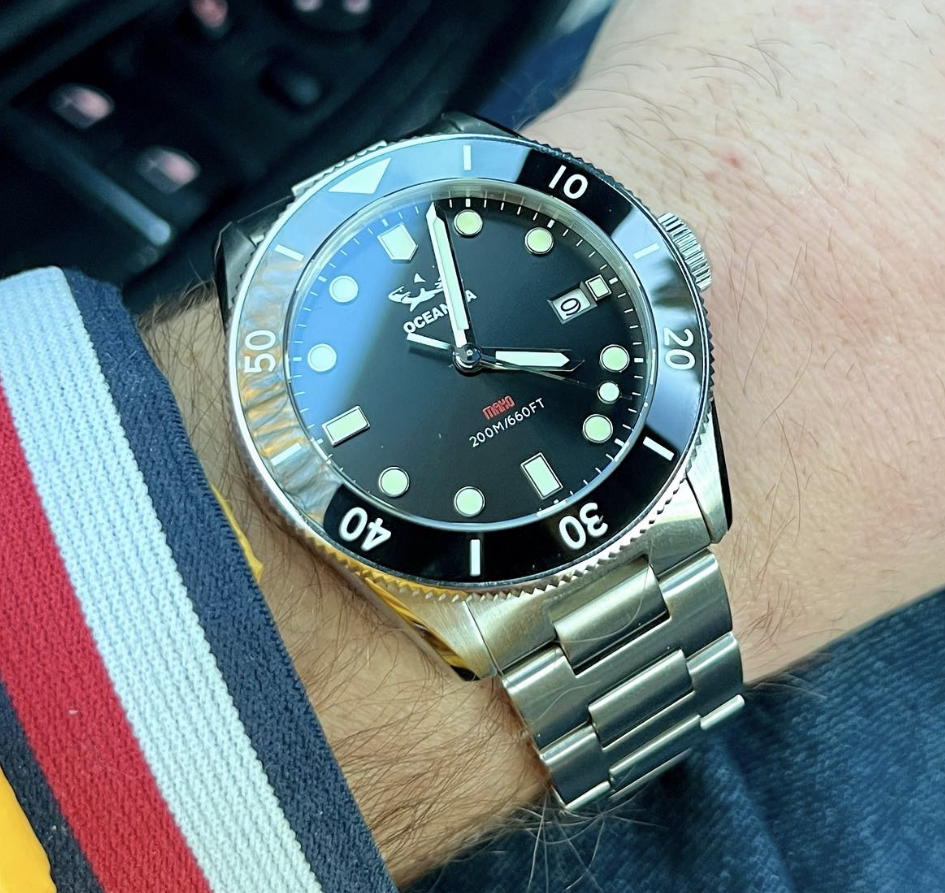
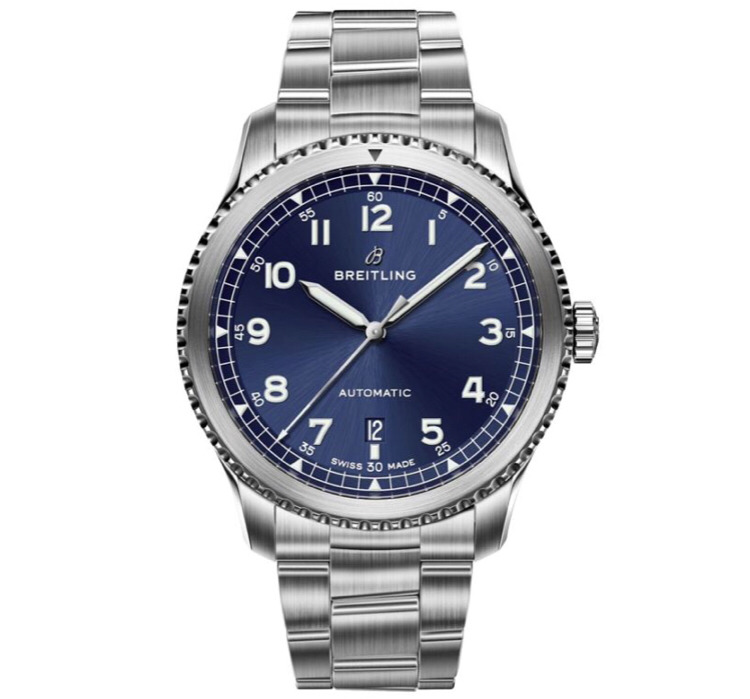
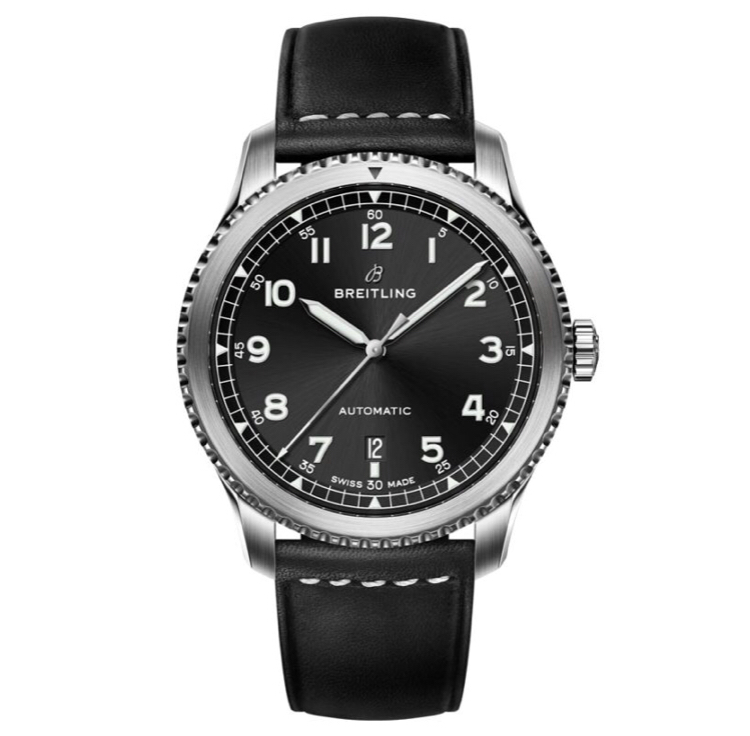
 RSS Feed
RSS Feed
